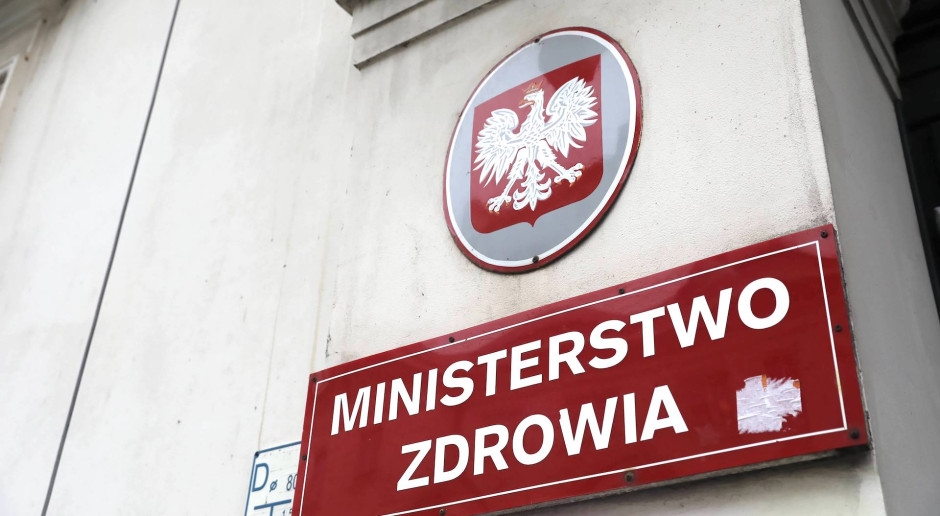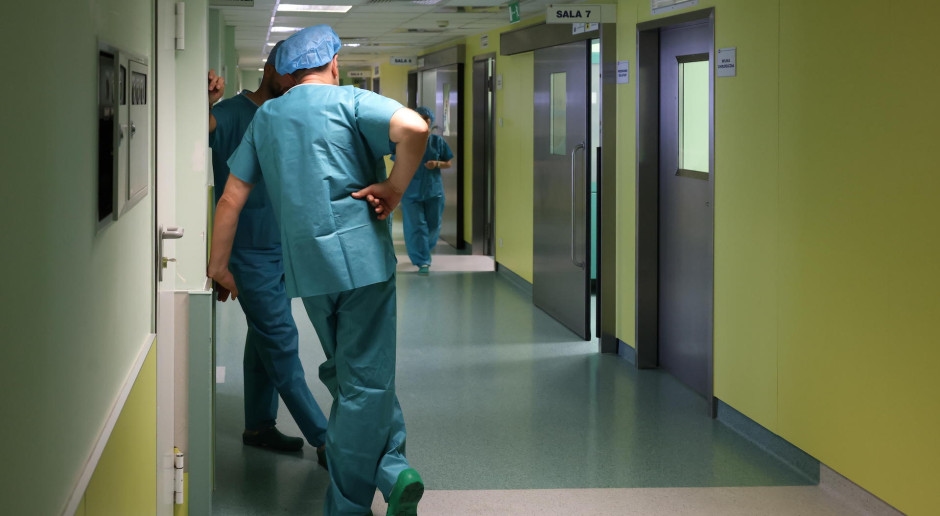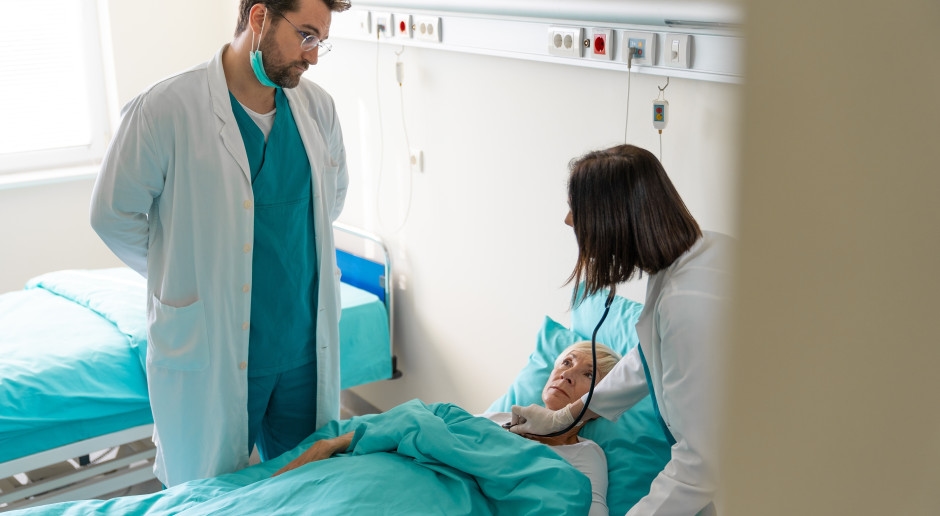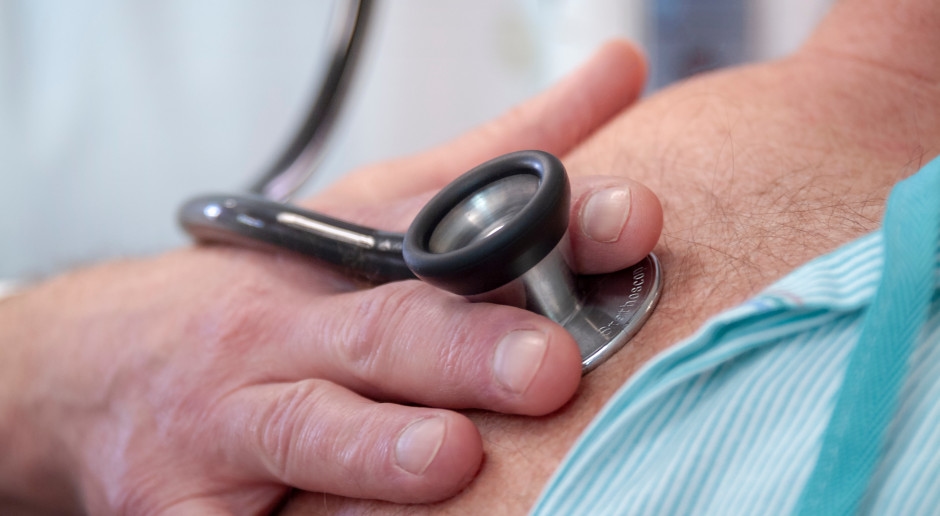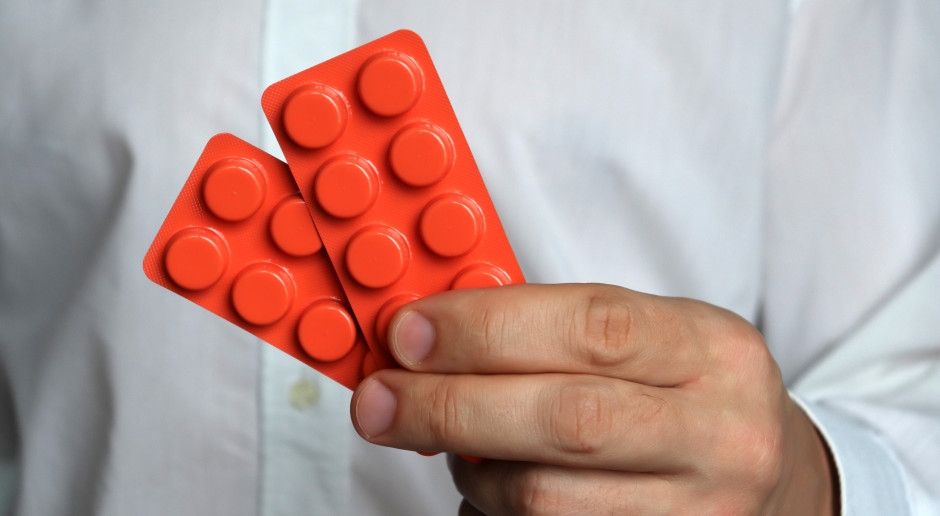Mrs. Alina made coffee, turned on the TV, and went to the bathroom. A moment later, she collapsed. Stroke is no longer just a disease of the elderly.

Just a dozen or so years ago, stroke was associated primarily with the elderly. Today, it increasingly affects young people, including those under 40. The youngest stroke patient, treated at University Clinical Hospital No. 4 in Lublin, was only three and a half years old.
In Poland, approximately 90,000 people suffer a stroke each year – 20,000 more than at the beginning of the 21st century. As many as 31 percent of cases occur in people under 65 , and nearly 20 percent in patients under 40.
Data from the National Health Fund show that the number of young stroke patients has increased across all age groups over the past decade. In 2022, 350 people under 19 years of age were hospitalized in Poland with a stroke diagnosis, and over 1,400 in the 20-35 age group.
See also:" We're seeing more and more cases like this . Stroke in young people is associated with, among other things, an unhealthy lifestyle, obesity, lack of physical activity, and substance abuse," says Prof. Konrad Rejdak , head of the Clinical Department of Neurology at the University Clinical Hospital No. 4 in Lublin. "We also treat patients whose stroke is the result of arterial injuries, for example, during strength training or road accidents," he adds.
On October 29th – World Stroke Day – University Clinical Hospital No. 4 in Lublin received the ESO Diamond Angels Award , awarded by the European Stroke Organization and the Angels Initiative. This is the highest distinction for quality care for stroke patients.
The hospital achieves excellent results:
60% of patients receive a full diagnosis within 45 minutes of admission,
48% of patients are qualified for reperfusion treatment,
97% have been tested for dysphagia, and 100% have had full diagnostic imaging.
Time is of the essence. In Lublin, the average time from patient admission to the start of mechanical thrombectomy —a procedure to remove a clot from a cerebral vessel—is the shortest in Poland .
"Our department is the only center in the country with a team dedicated solely to stroke, working 24/7. We use the latest diagnostic methods, including artificial intelligence, which allows us to qualify patients even outside the standard six-hour window," says Dr. Piotr Luchowski, MD , head of the Stroke and Early Post-Stroke Rehabilitation Department at University Clinical Hospital No. 4.
Mechanical thrombectomy restores blood flow to the brain and significantly increases the patient's chances of recovery. " The successful restoration of cerebral vessel patency is 90 percent ," emphasizes Prof. Anna Drelich-Zbroja , head of the Department of Interventional Radiology and Neuroradiology.
Mrs. Alina is one of those who recently underwent mechanical thrombectomy at the University Clinical Hospital No. 4 in Lublin.
It started suddenly, without any premonitory symptoms. I got up this morning and began my morning ritual – I made coffee, watched the news on TV, and went to the bathroom. There, my vision and balance began to deteriorate. As I was walking out into the hallway, I fell. I felt terribly dizzy and couldn't pick my head up off the floor. I knew I needed help. With great difficulty, I managed to get to the phone and dial my son's number. Why my son and not the emergency room? Because I was locked in the house alone and wouldn't be able to open the door. I was constantly aware of what was happening. After a CT scan at the Ministry of Interior and Administration hospital, I was transferred to the hospital on Jaczewskiego Street. I currently feel well, I can move well, and I have no sensory or balance problems, but I'm careful and don't go far outside the house because I don't feel completely confident yet," says Alina, a 69-year-old patient from Lublin.
USK No. 4 in Lublin is a leader in stroke treatment – it performs the largest number of thrombectomies in the country , and their number is growing year by year.
"The rate of thrombectomy performed reaches 42% of all stroke cases , placing the Lublin Voivodeship among the top in the country. In some patients, the procedure is possible even six hours after the onset of symptoms if imaging tests indicate the so-called penumbra – an area of the brain that can be saved," explains Prof. Konrad Rejdak .
Source: sko Updated: 29/10/2025 19:30
politykazdrowotna



